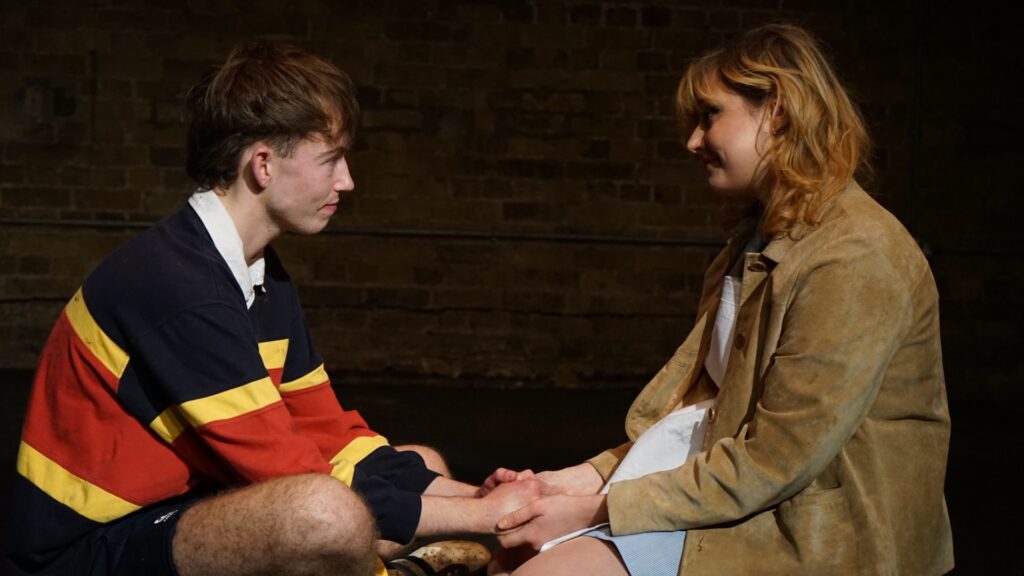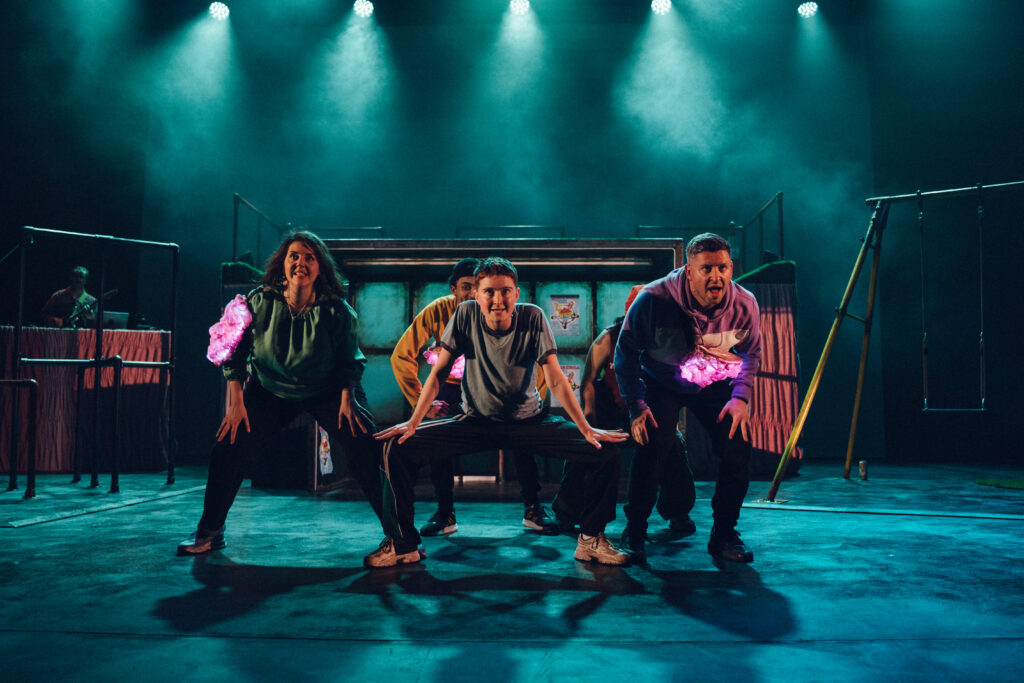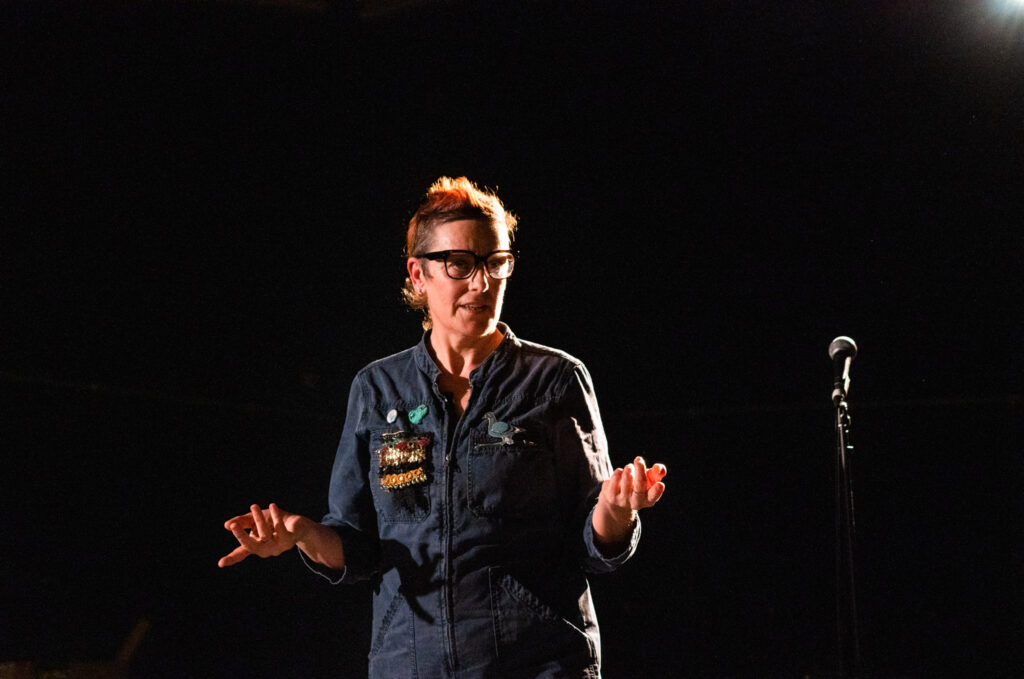David Anderson explains how arts and culture can contribute to tackling child poverty in Wales
Since free entry to museums was introduced in 2001 we have more than doubled the number of people coming through our doors. But there is still a lot of work to do to encourage people from low income groups to come and engage with what National Museum Wales has to offer.
The trick is to find imaginative ways to break down the impression given by the often over-imposing entrances to our venues that what’s inside has no relevance to a family from Riverside or a teenager from the Rhondda. A good example is our Bling project which has proved hugely successful in getting teenagers involved in the museum’s collections.
As the name suggests the idea taps into the hip-hop culture of ornamented accessories that appeals so much to young people, anything in fact that is flashy or ostentatious. We’ve managed to attract groups of youngsters from disadvantaged backgrounds throughout Wales to come behind-the-scenes at the museum to explore the concept of bling.
Alongside specialist curators, they have explored how precious metal, treasure and decoration have been used through the ages to express taste, image and personal status. They have worked with artists to create their own bling – anything from a simple ring to complex giant necklaces, music videos and graffiti art. As one teenager from Cardiff told us:
“I like museums more now than I did before Bling. I liked copying the Van Gogh painting and found the new exhibition astounding. I loved making jewellery out of recycled materials.”
Another from the Rhondda said:
“I liked the fact that we were able to choose the things we wanted to make and we had the chance to visit different museums, places I hadn’t been to before… It’s not that I was against going to a museum, I just thought that I wouldn’t enjoy it, but as it turned out I found it very interesting.”
Art work resulting from young people’s confrontations with bling work is on display this summer at National Museum Cardiff, the National Waterfront Museum in Swansea, the National Wool Museum in Dre-fach Felindre, the National Slate Museum in Llanberis, the National Roman Legion Museum at Caerleon, and at Big Pit in Blaenafon. They’re all worth seeing. As one of the Communities First youth workers involved in the project said:
“Our young people have managed to combine art and heritage to come up with fantastic results. The opportunity to develop a relationship with the museum has been an enjoyable experience for us as youth workers and for all young people taking part. We have all learnt so much about the collections in museums and going behind the scenes was a truly unique experience.”
Bling will be one of the case studies being discussed at a national conference we’ve organised at National Museum Cardiff today to discuss how such projects can develop resilience in communities and be part of the anti-poverty strategy we’re developing in Wales.
Some argue that schools should simply focus on tackling illiteracy before running cultural and arts based activities. I believe this is short-sighted. There is a great deal of evidence [supporting the reality] that arts and culture play a crucial role in transforming the lives of children and young people. Research undertaken by the Cultural Learning Alliance, chaired by Lord Puttnam, to widen access to the arts and to heritage, found that:
- Learning through arts and culture improves attainment in all subjects
- Participation in structured arts activities increases cognitive abilities.
- Students from low income families who take part in arts activities at school are three times more likely to get a degree.
- Employability of students who study arts subjects is higher and they are more likely to stay in employment.
- Students who engage in the arts at school as twice as likely to volunteer and are twenty times more likely to vote as young adults.
Removing barriers is a crucial step. Some children, young people and their families are often too scared to venture into a museum, as they think of them as quite intimidating and dry institutions. We therefore have to go out into the communities, and identify where our efforts should be targeted. We regularly work in partnership with other organisations to run cultural and educational programmes, targeting particular communities that are in need of support. Today’s conference, which is being addressed by Huw Lewis, Minister for Housing, Regeneration and Heritage and Keith Towler, Children’s Commissioner for Wales, as well as young people who have firsthand experience of projects, is about broadening and deepening this effort.
A wide variety of organisations and sectors will be represented, including Theatr Genedlaethol, Film Agency for Wales, the National Library of Wales and Cadw as well as a number of leading charities such as Save the Children and Barnados Cymru. This is the first time we will have come together to discuss how engagement with the arts and culture can deliver change of this kind for young people.
Amgueddfa Cymru recently launched our own child poverty strategy, titled Transforming Children’s Futures. It sets out objectives across a number of strands that seek to build on the best practice and partnerships we already have in place, and to grow these so that the impact of our work in addressing participation poverty becomes increasingly powerful and effective. We have a long-term commitment to make an impact in addressing child poverty in Wales. Our aim is to support the Welsh Government not only in helping people out of poverty, but also mitigating the impact through arts initiatives and projects that develop community resilience.









